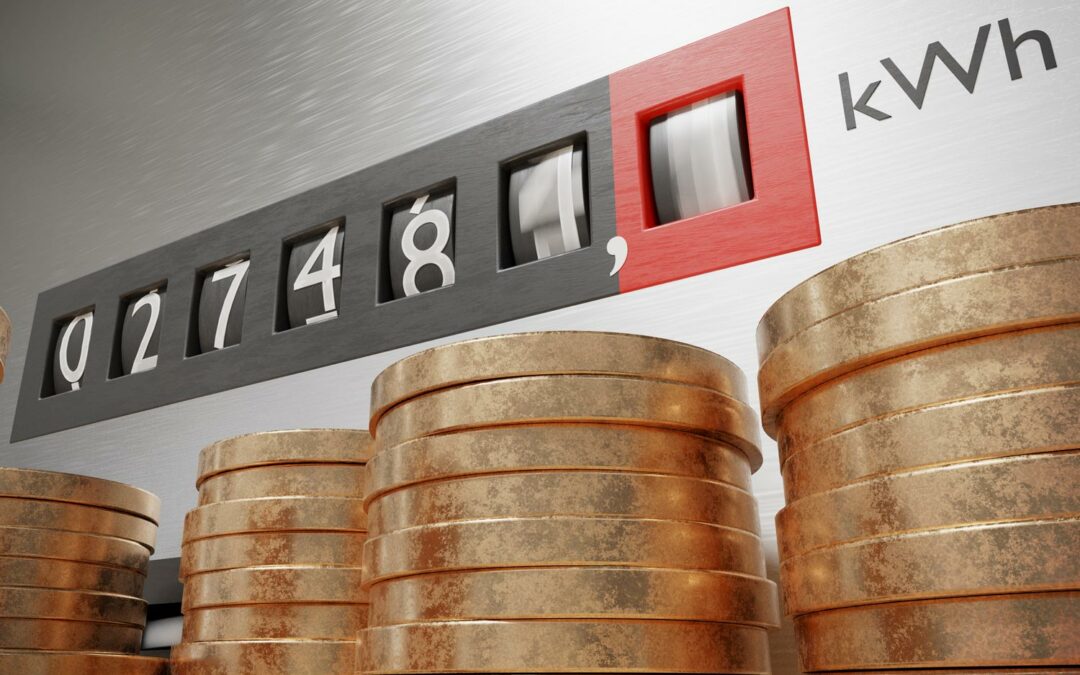Let’s face it. It’s getting more expensive to run a business.
There’s been lots of talk in the media about the current financial situation. Inflation is increasing and costs are rising. One of the most common culprits is the rising cost of energy and utilities.
This doesn’t just affect your bottom line, wasteful use of energy also has a wider impact, including the negative impact it has on the environment.
Because of this, there’s never been a better time to review how your business uses energy. Let’s look at some intelligent ways to reduce your energy costs.
Now obviously, we’re an IT company so our advice revolves around how to make your IT systems more energy efficient. For many businesses, this makes up a large part of their bill.
So, there’s some good news straight away. By making a dent in how much energy your IT systems are using, you can make a big difference to your energy costs overall.
Here are some recommendations that are simple to understand and implement. Put them into action and you can start saving your business money today.
Tip 1 – Remove or update on-site equipment
The first place to start is by looking at your current IT equipment to see where you can cut costs. This includes desktops, laptops, printers, network equipment, servers and more.
Ask yourself, “do I need this piece of equipment?” If it’s something that’s rarely used, it’s probably time to get rid of it.
If any hardware does need to be kept, are more energy-efficient alternatives available?
Laptops use 80% less energy than desktops and when connected to a docking station, still allow the use of screen, keyboard and mouse.
Do you really need a printer on every desk? Consolidating these down to a single, fast copier can reduce both your energy bills as well as costs on paper and toner as well.
Even if a piece of equipment is required, find out if upgrading it to a more modern, energy-efficient model is possible.
Tip 2 – Move to the cloud
Fully on-site IT setups are now quickly becoming a thing of the past and for good reason.
It’s not only the cost of buying, maintaining and replacing expensive equipment like servers, it’s also the energy costs needed to run them.
There are often much better cloud alternatives available.
This includes replacing the job a server does with a piece of software that you pay for monthly, or SaaS (Software As A Service). One of the best-known examples of this is how Microsoft migrated server-based services like Exchange, SharePoint and security to Microsoft 365.
Even in situations when servers are needed, there are plenty of cloud options to fit every business. From private cloud solutions that allow businesses to manage their own environment, to public cloud providers such as Microsoft Azure, Amazon AWS to Google Cloud. There will usually be a solution that works for you.
Tip 3 – Consolidate where possible
As already touched upon in tip one, consolidating several pieces of equipment to just a few can have a big impact on energy costs.
We already mentioned that printing is a great candidate for this, but don’t stop there. Servers are an ideal candidate for consolidation, especially as virtualisation technology allows several servers to run on one physical device.
Look for any other pieces of IT equipment that can be consolidated too. Perhaps, you have several security appliances that could be replaced with one modern firewall. These are just a few examples to get you thinking.
Tip 4 – Embrace hybrid working
It’s not just hardware that leads to higher energy costs. The cost of running your office is expensive too.
Luckily, technology can help. As we’ve seen over the last couple of years, we now know that staff can work remotely and still be efficient and effective.
This is one of the key benefits of hybrid working. There is less need for large expensive offices, with correspondingly high utility costs.
Tip 5 – Go paperless
Here’s another example of how being more energy efficient can save you money and help the planet at the same time. We’ve already talked about consolidating your printers and using more modern, energy-efficient equipment but how about not printing at all?
Consider how often you need to print out a document. Can you find another way?
Perhaps the document can be printed to PDF and sent. Most contracts can be emailed and signed digitally. If you need to organise contacts and information, use a CRM or document management system like Microsoft SharePoint.
Tip 6 – Have a more energy-efficient office
Finally, don’t forget the office itself.
There are still numerous ways to be more energy efficient in your office and all it takes is a bit of knowledge and getting into good habits. Here are some examples.
- Avoid using the heating unnecessarily and if it’s on, turn it down
- The same goes for the air conditioning – only use it if necessary
- Don’t leave equipment on
- Switch lights off when not in use
- Review your suppliers to ensure you are getting the best deal
Conclusion
Here are just some of the ways you can make changes to your IT systems and slash your energy costs. The great thing is, most of these tips will save you money and help the environment at the same time. And that’s something we should all be striving for.
Not sure where to start? Why not take up our free audit of your IT systems and benefit from our 23 year’s experience helping businesses cut costs and becoming more efficient and successful. Contact us to book yours.

